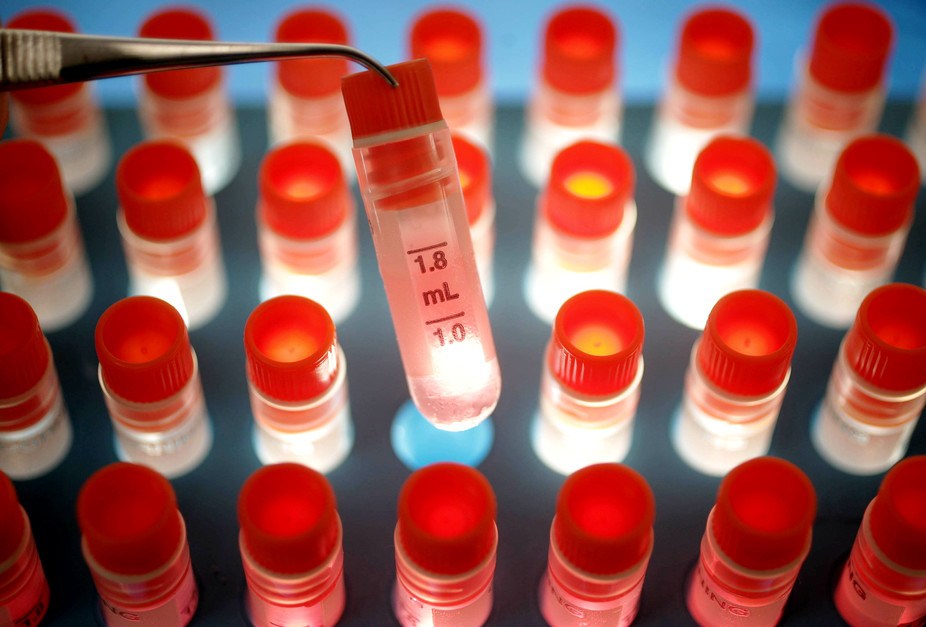
Stem cell research, scientists recently uncovered promising development
Potential benefits in health that could help treat the developmental errors that can occur
University of Connecticut Professor performing T along with stem cell research to treat cancer, autoimmune condition
The study investigates new ways to improve T cell feature for use within the treatment of cancer, while also searching for innovative ways to inhibit T cell function to treat autoimmune disease.
By using gene engineering approach to produce recombinant protein coming from these genes. And these main studies have shown that within a dish, the proteins can certainly inhibit To cell feature.
The first area of his analysis focuses on gene engineering methods of treating cancers and autoimmune diseases.
Laijun Lai, an Associate Research Professor at the University of Connecticut has been doing research to find treatment concerning cancers currently, autoimmune insufficiencies as well as genetic diseases with the use of T tissues and base. Lai’s research has led to two patents and several awards from NIH, the American Cancer Society and the Connecticut Regenerative Medicine Fund.
“We are very excited with the results. We believe that our research shall lead to the new solution in the treatment of cancer sooner or later, autoimmune diseases or ancestral diseases, such as (DGS), ” Lai said.
The progress of cancerous tumors is actually accompanied by a very significant reductions of the immune system, which interferes with the body’s ability to deliver an effective immune response so that you can eliminate chemotherapy, Lai stated.
No two stem cells are identical
Machine produced 3D stem cell imagery could help having more beneficial understanding diseases like cancer, figuring out to predict the feel of stem cells, new study breakthrough shows.
No of the two stem cells are identical, should they even are genetic plagiats. Today in an enormous widely available online catalogue of 3D stem cell images this spectacular range is revealed.
The visuals were developed using deep learning analyses and cell lines improved with the gene-editing tool CRISPR. And soon the portal will allow researchers to predict variations within cell layouts that may predict cancer and other diseases.
The Allen Cell Explorer, produced by the Allen Institute for Cell Science in Seattle, Washington, includes an growing library of more than 6, 000 pictures of induced pluripotent stem cells (iPS) - key components of which often glow thanks to fluorescent markers that highlight specific genes.
The Cell Explorer complements ongoing projects by a number of groups that chart the originality of single cells at the penetration of00 DNA, Rna and proteins.
Rick Horwitz, director of the Allen Institute for Cell Science, says that this institute’s photos may hasten improvement with stem cell research, cancer research as well as drug development by uncovering unforeseen aspects of cellular construction. “You can not predict the results of a football video game if you know stats on all the people but have never watched an activity. ”
Findings could lead to long-term treatment in Children with Autism Symptoms
Recent study shows Stem Cell Research findings could lead to long-term treatment in Children with Autism Symptoms
Researchers used umbilical cord blood infusions to help ease autism symptoms in children. They found in which using the youngsters’ own rare stem cells resulted in important improvements in their behavior.
Based on the Centers for Disease Control and Prevention, as many as one in 45 American children has been clinically determined to have an autism spectrum dysfunction. Symptoms vary from mild interpersonal awkwardness to serious mental handicap, debilitating repetitive conducts, and an inability to communicate.
There’s no treat, but researchers hope all their findings could lead to long-term treatment. Skeptics point out there are many unanswered questions in this scholarly review, but a second trial now is underway.